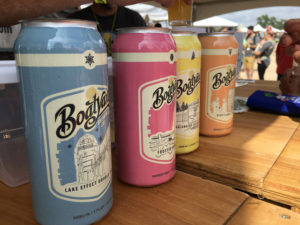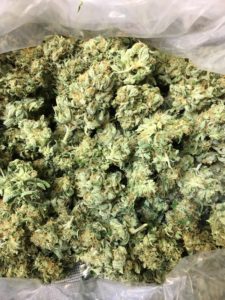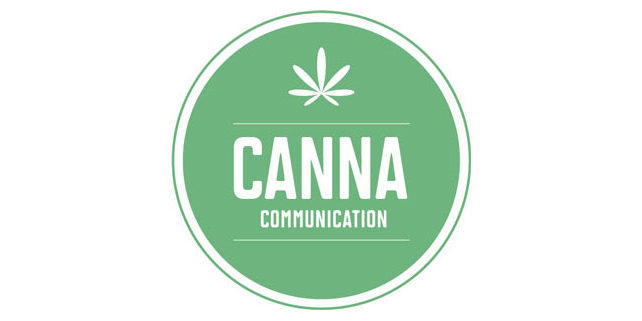I recently received an invitation to my local community foundation’s annual donor event. The headline reads: “Something’s brewing in Muskegon County!” It invites patrons to “distill the essence of new frontiers in placemaking and economic development through craft beer and spirits.” The speakers for the event are the founders and craftmasters from three local breweries and a distillery.
We’re in!
Celebrating the impact of craft beer and locally distilled spirits is important. The craft beer industry is still booming and Michigan is fifth in the nation for breweries with more than 240 in operation and more than 40 distilleries. Craft breweries are the new corner bars of pre-prohibition times, places where people gather with friends and family to talk, play games, listen to music and drink locally made beer, cider and spirits.
By the time the 18th amendment was adopted in 1920, the alcohol prohibition movement was gaining steam across America. Led by the Women’s Christian Temperance Union and other religious forces, the movement to take alcohol away from people began in the Midwest and spread quickly. From 1920 to 1933 all of America was under prohibition—people could drink alcohol, but the amendment prohibited making, transporting and selling of booze. By all measures, the 18th amendment was a failure and it was repealed. Bootlegging and blackmarket booze was rampant.
So, What does this have to do with cannabis?
 Well, it’s a similar story of prohibition and acceptance.
Well, it’s a similar story of prohibition and acceptance.
Marijuana prohibition came shortly after the repeal of alcohol in 1937. As it often does, the feds held hearings on marijuana law in the 1930s to “fact check” claims about marijuana inciting violence in black men and causing them to solicit sex from white women. These claims, which were taken as truth, helped create the Marijuana Tax Act of 1937, which banned the use and sale of cannabis.
The Act was ruled unconstitutional and decades later under President Nixon it was deemed even more dangerous and given its Schedule I designation under the Controlled Substance Act.
So prohibition continues. New product, same failure.
One day, in the future, we expect that cannabis will be standing in the same  place as alcohol as an economic and place-making entity. According to ArcView Market Research, Michigan has the potential to have the third-largest state medical cannabis state market by 2020, just behind California and Colorado. It is expected that we’ll have $556 million sales that year. And this doesn’t project what might happen if/when adult-use recreational is implemented in Michigan, which could be as soon as 2020.
place as alcohol as an economic and place-making entity. According to ArcView Market Research, Michigan has the potential to have the third-largest state medical cannabis state market by 2020, just behind California and Colorado. It is expected that we’ll have $556 million sales that year. And this doesn’t project what might happen if/when adult-use recreational is implemented in Michigan, which could be as soon as 2020.
We heard an interesting statement from the city manager in Muskegon Heights recently. He projected the tax and licensing revenue from just 14 medical marijuana licenses could bring in at least $250,000 in the first year—thus erasing the community’s budget deficit.
In the future, when marijuana prohibition ends and Michigan sees the benefit of tax income, jobs and tourism from all marijuana sales (which tend to be bigger than expected, as in Oregon) we envision that cannabis entrepreneurs will be invited to the stage and celebrated for the positive community change that they’ve helped make.

